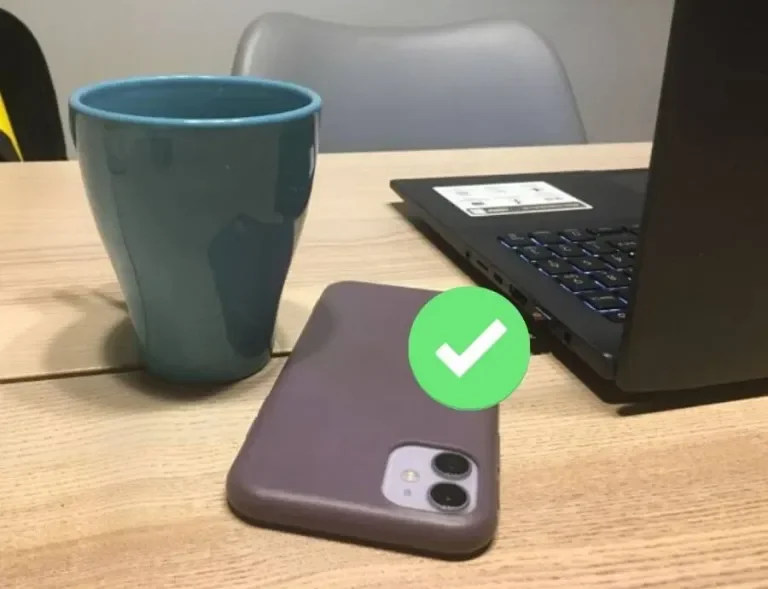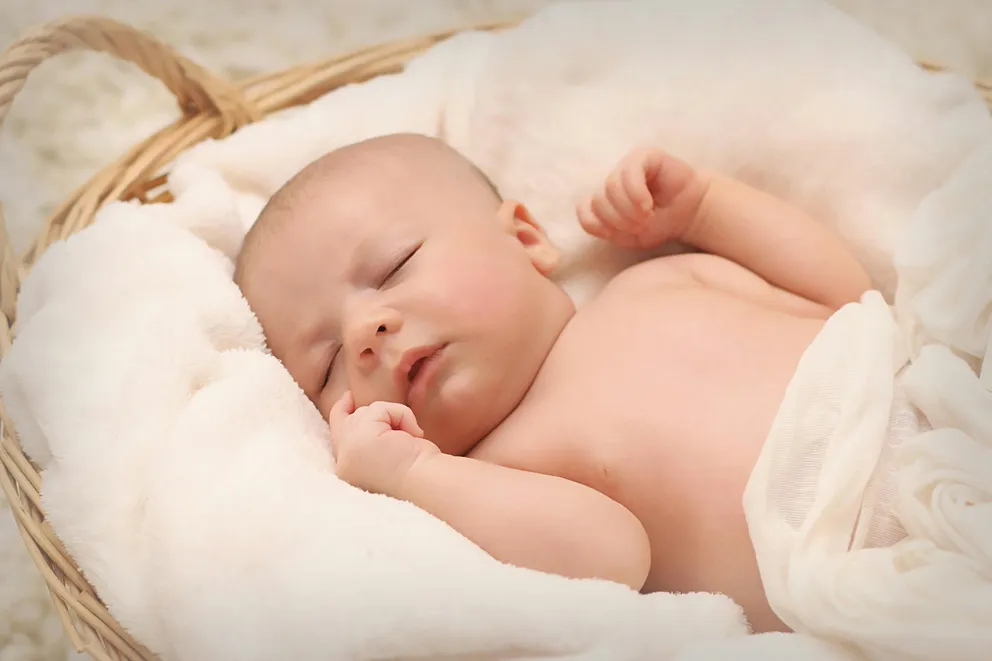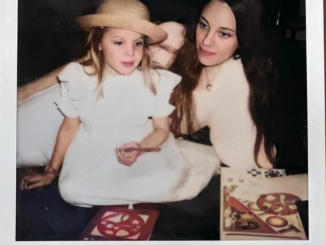The Benefits of Placing Your Mobile Phone Face Down
The orientation of your mobile phone when placed on a table may seem trivial, but it can significantly impact both the device and the user. Opting to position your phone face down when not in use offers several advantages:
1. Prevents Dust and Liquid from Damaging the Screen
Placing your phone with the screen facing up increases the likelihood of dust accumulating and adhering to the display. When cleaning, coarse dust particles may inadvertently scratch the screen or tempered glass.
Additionally, accidental spills or food particles can come into contact with the screen, potentially affecting its clarity and responsiveness. By keeping the phone face down, you reduce exposure to these risks and help maintain the display’s longevity.
2. Protects the Camera Lens from Scratches
Many modern smartphones feature protruding rear camera lenses, such as those on the iPhone 14 Pro Max. Placing the phone face up exposes the camera lenses to direct contact with the surface, increasing the risk of scratches. Scratched lenses can significantly degrade photo and video quality, affecting the overall user experience.

Some may worry about potential screen scratches when placing the phone face down. However, most smartphones today are equipped with anti-scratch coatings or tempered glass protection, minimizing this concern. In case of minor scratches, replacing the screen protector is relatively simple, whereas repairing a damaged camera lens can be more complex and costly.
To further protect your device, ensure that the table surface is clean and free from rough particles before placing your phone face down.
3. Enhances Privacy and Security
Leaving your phone face up can expose personal notifications and messages to anyone nearby. This may lead to unintended privacy breaches, especially when receiving sensitive information, such as financial alerts or confidential messages.
By placing the phone face down, you prevent others from seeing incoming notifications, thereby maintaining your privacy and security.
4. Reduces Distractions and Enhances Focus
A constantly lit screen with incoming notifications can be highly distracting, especially during work or study sessions. While notifications are useful, they can disrupt concentration and productivity.
Positioning the phone face down helps reduce distractions, allowing for better focus on tasks at hand. Alternatively, enabling Do Not Disturb mode or silencing notifications can further enhance concentration.
5. Minimizes Screen Damage in Your Pocket
When carrying your phone in a pocket, placing it face down can help prevent accidental screen damage caused by contact with keys, coins, or rough surfaces. Additionally, it reduces direct exposure to battery heat, which may cause discomfort or skin irritation.
Conclusion
Keeping your phone face down when not in use provides multiple benefits, from protecting the screen and camera to enhancing privacy and focus. Next time you set your phone down, consider flipping it over—it’s a simple habit that can make a significant difference.
If you found this information helpful, feel free to share it with friends and family!
The moment I met my boyfriend’s mom, my world turned upside down
The life story of June, an 18-year-old girl, resembles a movie script and is just another example that there are things that we can never predict, not even in our wildest dreams.
She started her story explaining that she and her boyfriend, Alex, fated for seven months, but they were able to form a really strong bond. Somehow, they both felt they were meant for one another.
On his 18th birthday, Alex said he wanted to introduce her with his parents.
“I’m excited for you to meet them, Junie,” Alex said. “I think you’ll really love my mom. You both have the same dry humor.”
When Alex spoke of his parents, it was obvious that he and his mom and dad adored him. He shared how they had a lot of fun during movie nights at home and how supportive they were of him.

June was happy for him knowing that he, just like her, was adopted. It was beautiful that both of their adoptive parents turned out to be great people.
In fact, when June turned seventeen, her adoptive parents told her everything about her biological mom. As June really wanted to meet her, she learned who she was and the two agreed to have coffee together. But the meeting was a short one as June’s biological mom left the place quickly, claiming she needed to be elsewhere.
That was the only time the two had seen each other.

When June and Alex went to his place, it was his father Thomas who greeted them at the door.
“You must be June!” he exclaimed, hugging her. “Alex has told us so much about you! I’m Thomas.”
“Yes, it’s so nice to finally meet you,” June said, suddenly nervous about her outfit choice.
“Alex’s Mom just went to get some donuts. We have birthday cake, too. But Alex loves his donuts,” Thomas said.
June kept looking at the door. She couldn’t wait to finally meet Alex’s mom because she was the one June wanted to impress.
Moments later, the mom entered the house, carrying a box of donuts in her hands.

The world then stopped for a moment for June. She found herself looking straight at the woman who gave her up for adoption. It was the craziest coincidence.
“June,” she whispered, her expression revealing a mix of shock and recognition.
“What are you doing here?” June asked.
“Wait, you two know each other?” Alex asked in confusion.
It was then that June said, “Your mom is my biological mother.”
Alex started asking for an explanation, and that’s when his mom, Elizabeth, revealed the truth. She confessed that she had given birth to a baby girl 18 years ago, but she was way too young to be able to keep her and take care of her.
“Years later, unable to have a child of our own, Thomas and I adopted Alex. He’s always known he was adopted, that we chose him, and loved him,” Elizabeth said.

June had plenty of questions. “Why didn’t you reach out after I found you?” she asked her mother.
“I was scared,” Elizabeth admitted. “I didn’t know if reaching out would be worse. I thought I was protecting us. I didn’t know how Alex would react to having a sister of sorts, especially one that was the same age as him and biologically my child. I didn’t want to hurt him in any way.”
For both June and Alex, this revelation was a lot to take in. Although there was no biological connection between them, the circumstances of their family ties necessitated a reevaluation of their relationship.
At the end of the day, his mom was her mom, and that felt too close to home.




Leave a Reply